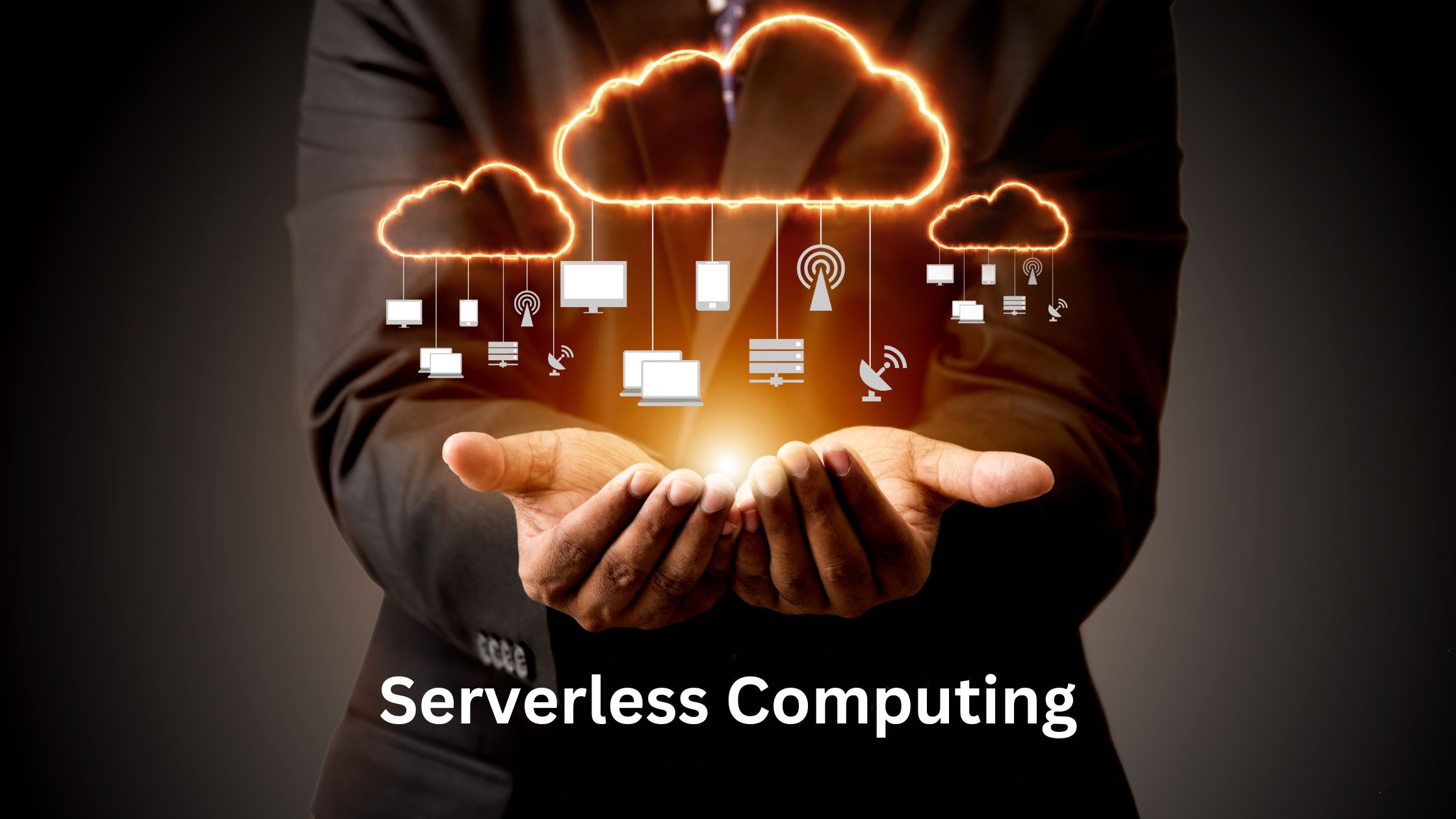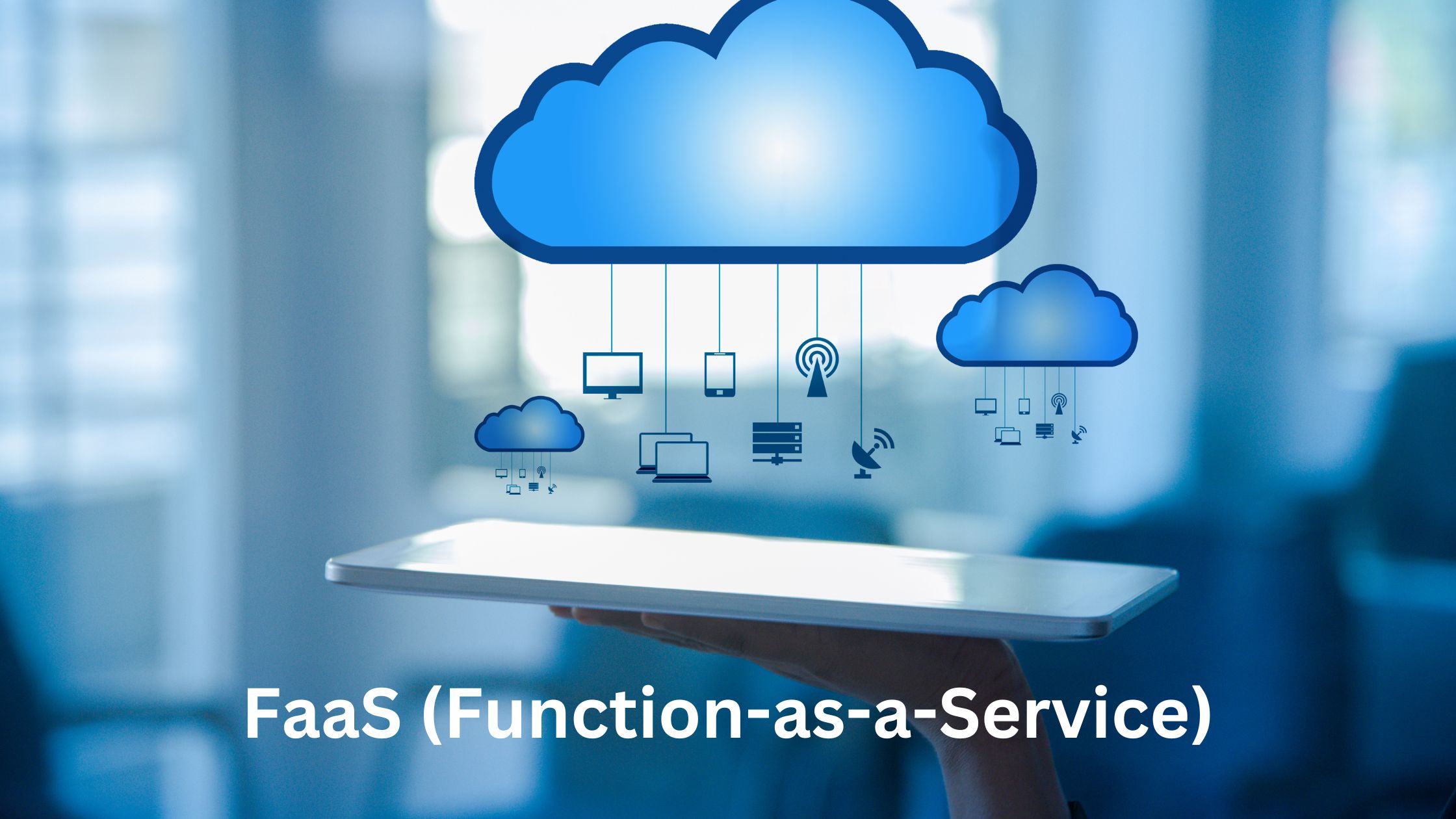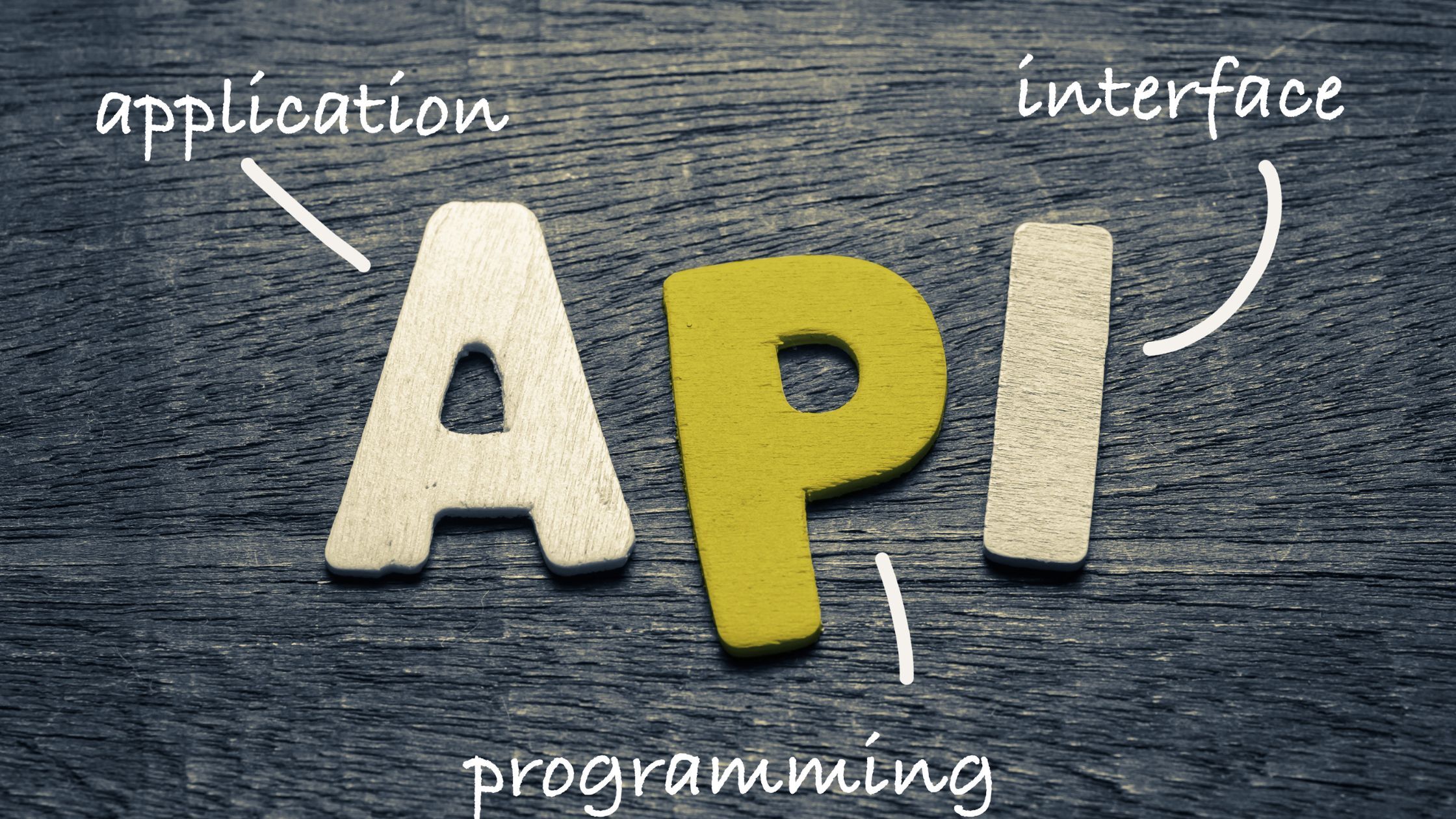MODIFIED ON: January 31, 2023 / ALIGNMINDS TECHNOLOGIES / 0 COMMENTS

As per research, the global serverless computing market is expected to grow at a CAGR of 22.2% between 2023 and 2028. Serverless computing has been gaining a lot of importance among developers. Want to know why? In this article, we shall be covering all the interesting facts revolving around serverless computing. Stay with us and read on!
Serverless computing
Serverless computing, also known as serverless architecture, is an execution method of cloud computing. The term ‘serverless’ doesn’t mean that there’s no server used. It means that developers can build and run code without managing servers. Serverless architecture tends to offer backend services on an as-used basis. For instance, if you’re a business that gets backend services from a serverless vendor, you are charged based on your computation. You are not required to pay for a fixed amount of bandwidth or a number of servers. With serverless cloud computing, developers don’t need to pay for idle cloud infrastructure.

All the leading cloud service providers like Amazon Web Services, Microsoft Azure, Google Cloud, and IBM Cloud provide you with a serverless platform.
How does serverless architecture work?
Managing servers is a complex process requiring business teams to look after hardware, maintain security updates, and create backups. But with serverless computing, developers can save themselves from these responsibilities and invest all their efforts in writing the application code.
Now, serverless computing functions on an event-driven basis. This means a function is executed as soon as an event occurs. In a nutshell, a developer only pays when the function is utilized. Serverless architecture works as per the Function-as-a-service(FaaS) model. It enables developers to execute code without the need for infrastructure instances.
Components of serverless computing
Given below are some of the basic components of serverless computing:
FaaS

It is the primary building block of serverless computing which executes the business logic.
API GATEWAY

It tends to deploy and maintain APIs. An API gateway offers an entry-point to clients to send requests to a service in order to retrieve data.
Backend-as-a-service (BaaS)
It is a cloud-based distributed NoSQL database. Some of the key features of BaaS include user administration, cloud storage, and other essential backend services. BaaS removes the need for administrative overhead.
It is a cloud-based distributed NoSQL database. Some of the key features of BaaS include user administration, cloud storage, and other essential backend services. BaaS removes the need for administrative overhead.
Benefits of serverless computing
Serverless computing can provide you with numerous advantages over traditional cloud-based infrastructure. Here are four reasons you should move to a serverless stack:
Quick deployments
With a serverless infrastructure, developers don’t need to upload code to servers or perform backend configuration to release their applications. All code is updated at once or one function at a time. This way, the application is quickly fixed or updated.
Enhanced productivity
Gone are the times when developers had to spend countless hours managing infrastructure. With serverless computing, developers can only focus on writing code and optimizing their front-end application functionality. They can work better on maximizing business logic.
Simplified DevOps cycles
Another benefit of leveraging serverless computing is that it helps developers save time in defining the infrastructure that is needed to test and deploy code builds. This way, DevOps cycles are more streamlined.
Multi-language development
With serverless computing, developers can code in any framework such as Java, Python, JavaScript, and more.
Reduced costs
Serverless computing works on a ‘pay-as-you-go’ basis. This means that developers only need to pay for what they use. The code will only run when backend functions are needed and will scale automatically..
Popular use cases serverless computing
Microservices
Serverless computing supports microservices architecture. Thanks to its cost effective pricing model and automatic scaling, serverless architecture has become a popular choice for building microservices.
Data processing
Serverless computing works well with structured audio, image, video, and text data. It also functions well with PDF processing and video transcoding.
API backends
With the help of a serverless platform, a function can be changed into a HTTP endpoint. An API gateway provides you with enhanced security, OAuth support, and more.
Mobile and web applications

A serverless function takes a request from the front end, retrieves all informational data, and then hands it back to the front end of the application or site.
The serverless era is here!
We hope our article helped you gain a fair understanding of serverless computing. Serverless computing is everything that a developer needs. There is no denying that serverless has created a buzz in the software architecture world. Not only is it cost-effective but also facilitates innovation. So, wait no more! Switch to serverless computing and take the next step toward business transformation.
We would love to see you move towards success. Let us know how we may support you. Contact without delay.
Leave a reply
Your email address will not be published.
-
Recent Posts
- Chatbots vs. Conversational AI: Decoding the Mysteries Behind the Tech
- Leading the Pack: The Top Conversational AI Platforms Transforming Communication in 2024
- The Future of Work: Key Remote Staffing Trends Dominating 2024
- The Ultimate Guide to Choosing the Right Generative AI Company
- How to Cut Through the Hype: A Practical Guide to Generative AI for Businesses
-
Categories
- MVP Development (3)
- AlignMinds (55)
- Operating Systems (2)
- Android POS (3)
- Application Hosting (1)
- Artificial Intelligence (18)
- Big Data (2)
- Blockchain (1)
- Cloud Application Development (7)
- Software Development (30)
- Software Testing (9)
- Strategy & User Experience Design (4)
- Web Application Development (23)
- Cyber Security (6)
- Outsourcing (7)
- Programming Languages (3)
- DevOps (5)
- Software Designing (6)
- How to Code (4)
- Internet of Things (1)
- Machine Learning (2)
- Mobile App Marketing (4)
- Mobile Application Development (18)
- Mobile Applications (5)







